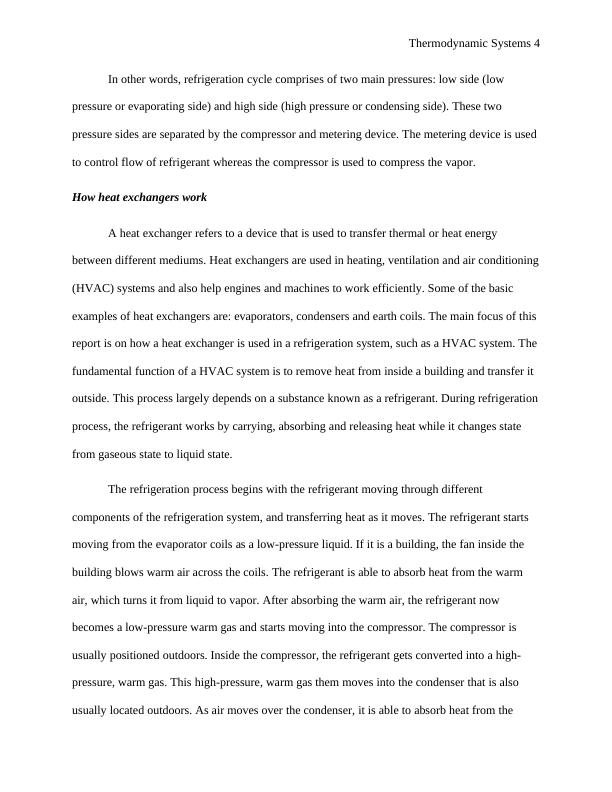Thermodynamic Systems 12
Calculate the magnitude, direction and position of the line of action of the resultant and equilibrium of non-coplanar force system containing a minimum of four forces acting in different directions.
13 Pages2664 Words277 Views
Added on 2022-11-03
About This Document
This assignment involves solving various problems related to thermodynamic systems and determining the effect of energy transfer on these systems. The assignment helps in analyzing data, choosing and applying scientific and mathematical principles related to heat transfer and how it affects various engineering systems.
Thermodynamic Systems 12
Calculate the magnitude, direction and position of the line of action of the resultant and equilibrium of non-coplanar force system containing a minimum of four forces acting in different directions.
Added on 2022-11-03
ShareRelated Documents
End of preview
Want to access all the pages? Upload your documents or become a member.
Effect of Temperature on Heat Pump Efficiency in Refrigerators, Air Conditioners, and Water Treatment Plants
|8
|3997
|193
Cooling and dehumidification of air PDF
|9
|1110
|395
Air Conditioning Design
|17
|2094
|146
Industrial Applications of Boiling and Evaporation System
|7
|1095
|475
Sustainable Energy Fundamentals
|10
|1294
|65
Thermodynamics Questions 2022
|6
|463
|56




